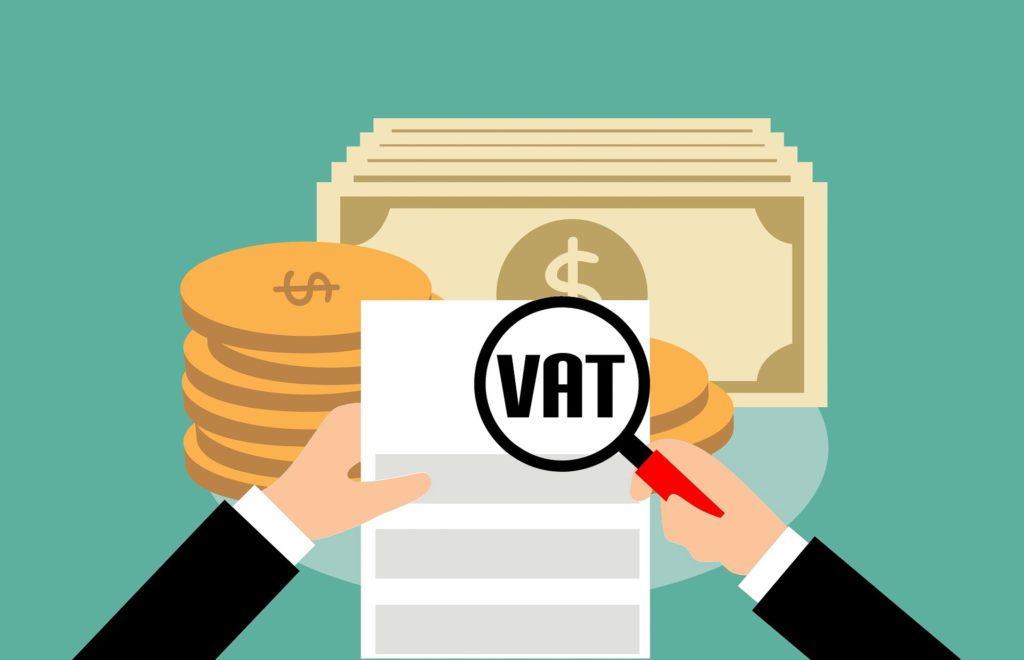When your company turnover reaches the ‘VAT threshold’ (currently £85,000) in a twelve-month period, you must register for limited company VAT. Even if you don’t, there may be professional reasons why you would want to register anyway. So, how does the VAT registration for limited companies work?

What are the VAT basics?
Value Added Tax applies to almost all products and services in the UK. Unlike other taxes, VAT is one that is collected by businesses and individuals on behalf of HMRC.
If your company has turned over £85,000 over the past 12 months, or if you’re likely to turnover £85,000 (2021/22 tax year) or more over the next 30 days alone, then you are obliged to register for VAT.
There may be benefits for registering voluntarily, even if your company hasn’t reached the current threshold for compulsory registration. In some industries and professions, being VAT registered is the ‘norm’, and may even be required. If you make a lot of purchases, you can reclaim the VAT, even from during the period before you registered (subject to eligibility).
The standard rate of VAT is currently 20%. You can use our new online VAT calculator to work out VAT-inclusive, and VAT-exclusive sums for your business.
What are the different types of VAT schemes?
Alongside the standard VAT scheme, HMRC offers a number of other schemes which may be more suitable for your company. The Flat Rate VAT scheme, for example, is simpler to operate and allows companies to pay HMRC back a flat rate percentage of turnover rather than having to account for every transaction individually.
The Cash Accounting scheme enables companies to only record transactions once they have actually been paid, rather than when they are invoiced. You can find out more about the different schemes on the HMRC site.
How to register for VAT?
You can register online, or by using a paper form VAT1 (HMRC is actively encouraging online registration). Most limited companies will use an accountant to take care of the registration process, however, it is relatively simple to register to use HMRC’s online services.
Since April 2012, all companies have been obliged to submit their VAT returns online and make VAT payments electronically (many companies have had to do so since April 2010).
What if you haven’t received your VAT registration number?
HMRC states on its website that it currently takes around one month to process a VAT registration, however, some limited companies have waited substantially longer than this on occasion.
The date from which you should start accounting for VAT is not the date when you receive your VAT number, it is the date from which you were obliged to be registered (due to hitting the threshold), or the date on which you voluntarily decided to register for VAT.
HMRC advises companies waiting for VAT number that they must not charge VAT on any invoices in the interim period. Instead, they should increase the amount they charge by the prevailing VAT rate (20%), explaining to clients and customers that you will reissue the invoices with the VAT-able amount once you receive your VAT number.
Further Information
In-depth HMRC guides to the VAT registration process are available here.
Details on the different type of VAT schemes available (Flat Rate, Standard, Cash Accounting, Annual Accounting) can be found here.
More on small business tax and tax rates.


Follow Company Bug